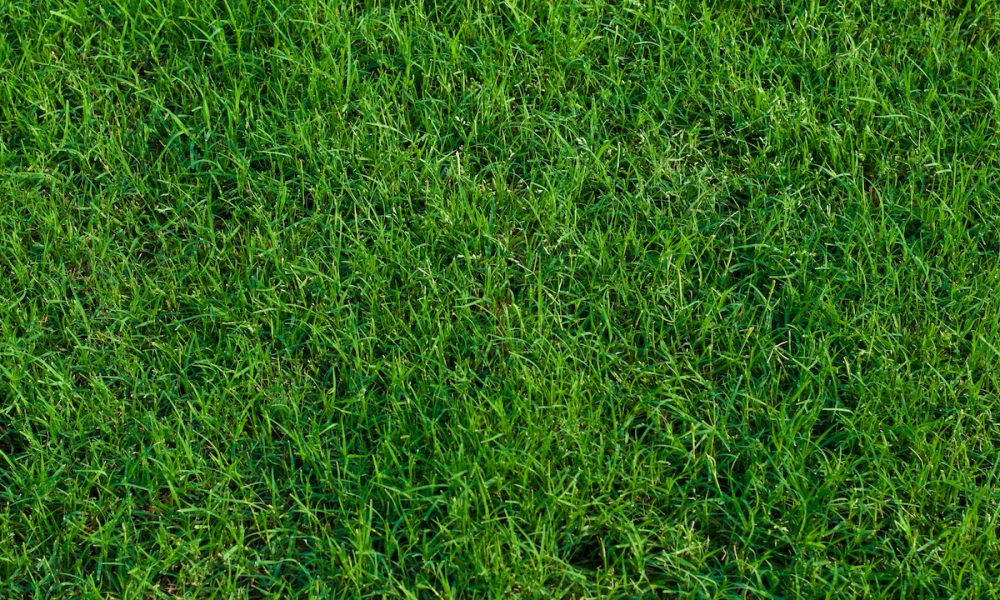As you know, there are very few grasses that can live in the sand. Sandy environments are often draining, do not hold moisture, and are poor in nutrients. Therefore, grasses with shallow roots are often difficult to grow in the sand.
However, Bermuda grass is an ideal choice for growing in the sand because it has a strong root system and penetrates deep into the soil. Many gardeners love to grow this grass near a beach.
Bermuda grass can live in the sand, but you also need some basic information about the process of planting and caring for grass in the sand. Does sand help Bermuda grass grow? Let us find out the answer in the article below.
Does Sand Help Bermuda Grass Grow?
The answer is YES! Bermuda grass can completely grow in the sand without spending too much care every day.
It is important that you ensure a source of water as well as sunlight every day so that Bermuda grass can grow well in the sand.

Bermuda grass is a warm-season and perennial grass native to the African region, so it has a strong vitality and is hardy across different habitats.
This grass prefers sunlight and abundant water on hot days. The more sunlight, the faster the Bermuda grass grows and creates a cool green lawn.
Grass can grow on different types of soil such as sand, loam, clay, and mixed soil. This is because the roots of Bermuda grass are strong, deeply rooted in the soil, and take advantage of all the nutrients from deep in the soil.
More importantly, the soil needs to be well-drained, rich in nutrients, and high in nitrogen.
Bermuda grass is rated to grow well in USDA zones 6 through 11. These areas have mild winters, and temperatures are not too low so the grass will not yellow and become wilted in the winter.
The Best Sand For Bermuda Grass
In theory, Bermuda grass can live on sand if provided with enough water and light every day. However, sand is a nutrient-poor, fast-draining medium that is difficult to retain moisture and heats up rapidly with temperature.
The ideal composition for growing Bermuda grass is 70% sand, 15% silt, and 15% clay.
In addition, the best sand for growing Bermuda grass is sand mixed with high phosphorus compost for mulch. This mulch will work to maintain moisture, nutrients, and temperature in the soil.
In order for any grass to grow well in the sand, you need to keep a few standards in mind:
- You need to cover with a layer of hummus or mix a large amount of phosphorus and compost to make mulch
- Check the moisture in the water before watering
- Tilling the soil to create good drainage, and avoid waterlogging
- Create favorable conditions for the grass to receive light every day
- Check pH, and nutrient concentration to have an improvement plan to help grass absorb nutrients and grow faster
How To Grow Bermuda Grass On Sandy Soil?
Before starting to plant Bermuda grass, you should clear the garden weeds to avoid competition with young Bermuda grass.
In particular, you need to till the soil to clear the roots of weeds because they will quickly grow back when there is a source of water and nutrients.
You can use herbicides to kill weeds, but make sure to plant Bermuda seeds in the ground at least 2 weeks apart.
Then you need to mix organic matter, fertilizer, and sand with seeds of Bermuda grass. Next, you need to loosen the soil and plant Bermuda grass seeds about an inch in the soil.
Seeds will germinate in 7-14 days and reach cover 4 to 6 weeks. For the seeds to germinate evenly and be healthy, you need to water a large amount of water each day to provide enough moisture in the sand.
You can also mix Bermuda grass seeds with some other grasses to create diversity for vegetation and maintain uniform growth between seasons of the year.
Water will still be the most important factor in the early stages of Bermuda grass for fast and healthy growth. After the grass is mature and has a steady growth rate, you will water it when the soil is dry.
To have a green lawn, you need to apply nitrogen-rich fertilizer monthly and potassium 3 times per year in winter to provide adequate nutrients for the grass.
Pruning Bermuda grass is also a necessary job to make them stronger, thicker, and stronger. You should mow the lawn when the blade is an inch or less to remove the blades of grass and concentrate nutrients to nourish the roots and stems of the grass.
Read more: What Type of Sand for Artificial Grass Infill is Best?
The Last Word
Bermuda grass can completely live on sand if you meet the basic conditions such as water, sunlight, nutrients, and good drainage.
This grass is often favored for growing near beaches because of its adaptability to sand, intense vitality, and low maintenance costs.
For the best growth of Bermuda grass, you should mix compost, and organic matter with a high phosphorus content to make mulch. This mulch will maintain moisture, stimulate seed germination and retain nutrients in the soil.
To learn more about how to grow and care for Bermuda grass, you can learn more about the Bermuda grass category.